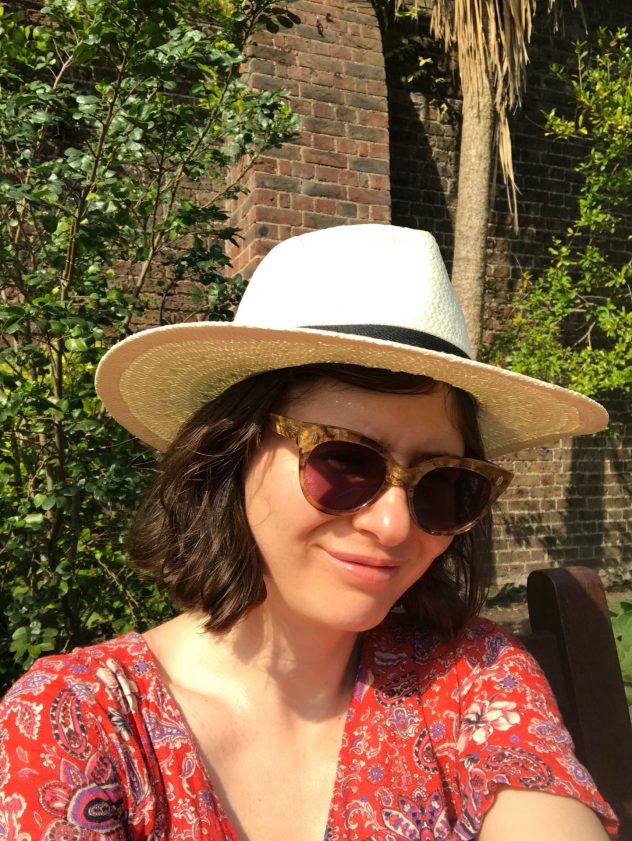Do we create our own business stereotypes and, if so, where do these misconceptions come from? Writing for Business student, Stacey Steele, investigates.

Business As Usual?
I’m going to be completely honest. If you had said the word business to me three years ago, I would have visualised a group of people sat round a large table wearing smart, but monotonous, clothing. The group would mostly be men (I’m ashamed to say) and they would be listening and nodding along to their leader without question. For some reason, I always thought the environment would be tense and uptight, and personalities or fresh ideas were best left at the door if business was going to get done.
Why on earth I had these misconceptions, I do not know. I certainly never thought businesses should be run like that. I can only assume my own life experiences, which were probably hugely contributed to by certain TV shows like ‘The Apprentice’, had moulded a fixed stereotype of business settings. Based on my own knowledge and skills, it didn’t feel like it was a world I was qualified to be in and therefore definitely best left to the ‘experts’.
The dictionary definition of business is very loose. Dictionary.com describes it as ‘an occupation, profession, or trade’, ‘the purchase and sale of goods in an attempt to make a profit’ or a ‘person, partnership, or corporation engaged in commerce, manufacturing, or a service; profit-seeking enterprise or concern’. So, my own fixed view of what was basically Mr Banks at work (from the 1964 film, Mary Poppins) was restrictive, and had major potential to hold me back.
Business Revelations

Transferable skills: easy as A, B, C
Before my current role (as an Operations Manager), and for most of my adult life, I worked in education. Not strictly a business, but I would argue I gained most of my transferable skillset there. Experience quickly taught me that managing a class of children, all with different learning targets, and being able to adapt and develop to meet individual needs are all invaluable skills in a business setting. Prior to that I had various jobs in an office, shops, and a photography studio – all of which were clearly businesses. Places where goods or services were offered in exchange for payment and with the intent to make a profit. But why had I hastily dismissed these settings as being part of the business world, and therefore myself included?
It seems when we think about stereotypes and fixed ideas, we may not be self-reflecting enough. Although it is important to recognise that our own unconscious biases and stereotypical thinking can be reinforced by structural inequalities and prejudices, are we also restricting ourselves? By leaving teaching and joining the business world I suddenly had to address my own ignorance. I quickly discovered that these fixed notions of working in business were causing me to limit myself. But is it any easier to challenge misconceptions when they are our own?
What’s in a Job Title Anyway?
A possible route to feeling intimidated by business is the array of officious-sounding job titles floating around in businesses. These have the potential to create a fixed mindset of the type of character a role requires. People in senior roles may be expected to behave in a certain way, with a system of hierarchy affecting how colleagues interact with each other. But this behaviour may be assumed rather than anticipated and by continuing the cycle, rather than challenging stereotypes, nothing changes.
Doing it Differently
There are many outliers in business. Those that don’t worry about what has gone before. Industry pioneers we read about and by whom we’re inspired. I sometimes wonder if ‘imposter syndrome’ is commonplace for potential trailblazers. Are the ones who would dare to do it differently, the very people who don’t feel they belong?

Blaze your own trail
There is a risk that individuals with a unique approach could feel intimidated and dissuaded from entering a profession because of the barriers they interpret are there. Many factors can affect our opportunities, including education, gender, race, disabilities and social background. But the drive for greater diversity is gathering pace and blinkered views of who sits in the boardroom are slowly being cast out. Nevertheless, we also need to address our own self-limiting and obstructive attitudes.
Smashing Stereotypes

Create your own possible
So how do we avoid becoming victims of a perpetual self-fulfilling prophecy? What can we do to stop our preconceptions of the business world and ‘how it’s done’ from leading us to believe we don’t have a place in it? Essentially, be the change. Don’t be influenced by unwritten rules or intimidated by grand job titles. Becoming a CEO doesn’t mean you have to stay in your office and taking a trainee role shouldn’t mean others can’t learn from your ideas. Breaking conforms and challenging expectations takes bravery, but it’s the only way outdated stereotypes (even fictional ones) can become a thing of the past.
About the author
After becoming a mum at 18, Stacey Steele studied part-time whilst working in education and eventually became a qualified teacher. She decided to change direction after her husband took on his own business, and moved into a role managing operations within the company. Stacey took City’s Writing for Business Short Course with Jenny Stallard.
City are running a week-long Writing for Business Summer School in August. For more information visit our webpage.
To find out more about our vibrant short writing course portfolio, visit our website.


























Recent Comments